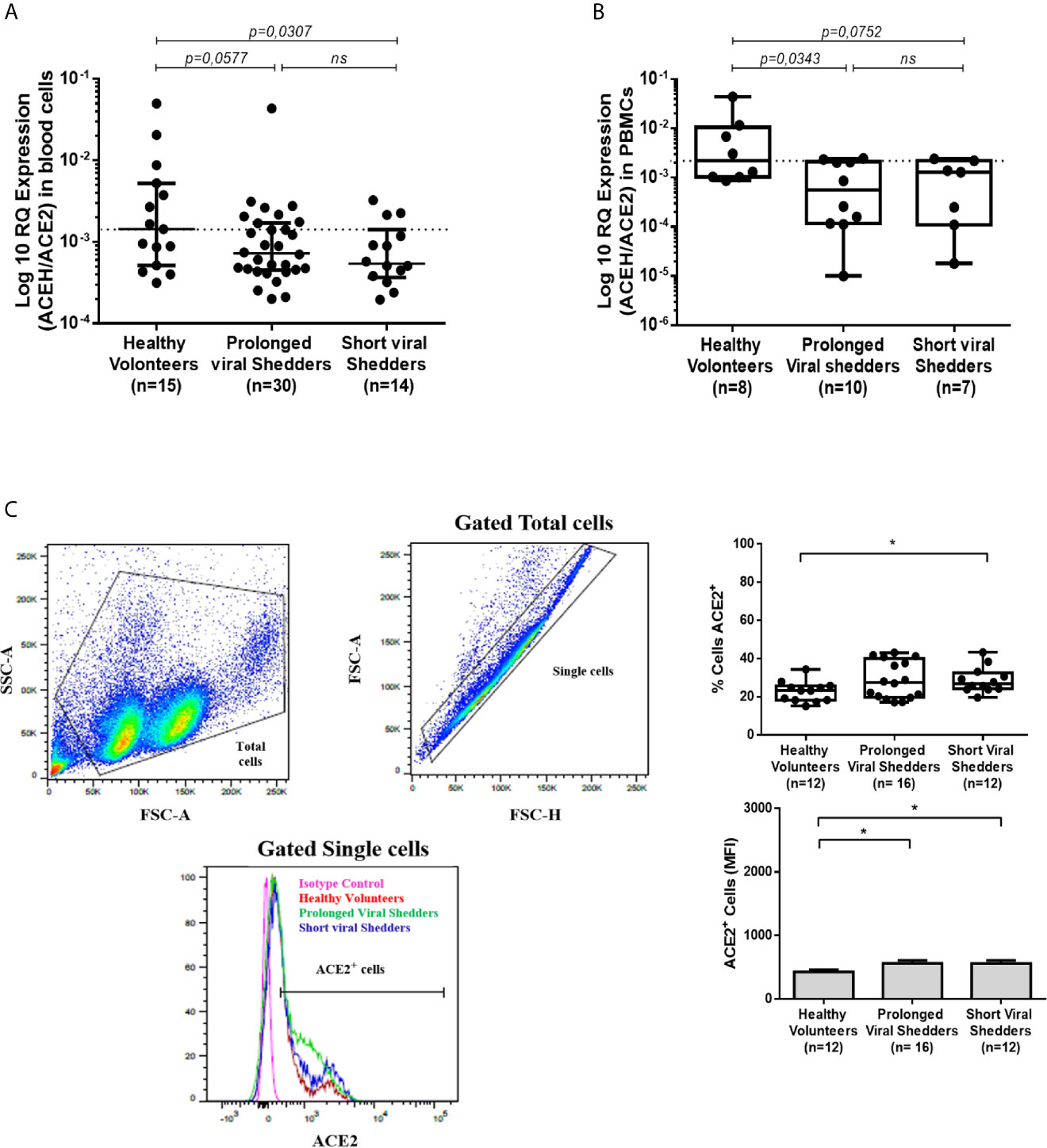

However, large peptides such as neurotensin, substance P, bradykinin, and the oxidized insulin B chain were also observed to be hydrolyzed by the enzyme as efficiently as the big ET-1 Moreover, recombinant ECE-1 was found to have minimal activity against small substrates (smaller than hexapeptides), such as Leu-enkephalin.

The lack of sequence similarity in the BK peptides and the peptidyl dipeptidase revealed broad specificity and additional physiological roles for ECE-1 possibly linked to its subcellular location Turner established that ECE-1 also cleaves the unrelated bradykinins (BK) at a significant rate, in addition to its in-vivo substrate big ET-1 (endopeptidase action), thereby acting as a peptidyl dipeptidase. The monomeric C412S mutant of rat ECE-1 (C428S in human) has been shown to have much lower efficiency for the cleavage of big ET-1 as compare to the wild type showing dimerization of ECE-1 which is preferred for effective conversion of big ET-1 into ET-1 ECE-1 exists as a disulfide-linked homodimer in vivo and cleaves the W21-V22 bond in big endothelin-1 (ET-1), a potent vasoconstrictor More work is therefore needed to identify its extracellular substrates to answer questions concerning the enzyme’s precise function.Ĭontrary to XCE, its well studied homologue ECE-1 can efficiently cleaves variety of substrates. , but so far, no obvious reason of the inactivity of XCE against potential neuropeptides has been reported in the literature inspite of they linked its subcellular localization with the lack of success in the identification of extracellular substrate. The enzyme was found active only against a synthetic tripeptide substrate , but none other inhibitors were found active against XCE Inhibition of the galanin degradation was reported to be done only by phosphoramidon Particularly, galanin was supposed to be the most probable one because of its presence and degradation in spinal cord/cerebrospinal fluid. Several candidate neuropeptides such as endothelin, galanin, calcitonin, bradykinin, met- and leu-enkephalins, and somatostatin were considered as potential substrates for XCE activity. The presence of XCE at the cell surface refers one of the enzyme’s functions to the regulation of the activity of extracellular peptides like other family members such as ECE-1 and NEP performed. ER is considered as a target organelle for XCE to suppress stress due to responding of the enzyme to nerve injury

They also suggested the enzyme’s function in both compartments i.e., ER and the cell surface wt smears observed on SDS-PAGE, while only less than 10% portion of the enzyme reaches the cell surface. found that XCE is mostly located in the cellular endoplasmic reticulum (ER) consistent with the high mol. The physiological function of XCE was first reported from the inactivation of the corresponding gene in mice, which described the enzyme as to play a vital role in the nervous control of respiration XCE (nowadays are known as ECEL1 but we used XCE in this manuscript to differentiate with ECE-1) is expressed in the nervous system, particularly in the medulla oblongata and in the spinal cord, presumably by cholinergic neurons such as motor neurons or striatum interneurons. rodent homologue damaged-induced neuronal endopeptidase (DINE) endothelin-converting enzyme-like 1 (ECEL1) , the phosphate-regulating neutral endopeptidase on the X chromosome (PHEX) , endothelin-converting enzymes ECE-1 and ECE-2 membrane metalloendopeptidase-like 2 (MMEL2) Zinc peptidases of neprilysin family are gluzincins that include several enzymes for instance, neutral endopeptidase (NEP)

is “gluzincins” which is defined by a HExxH motif including two histidines and a glutamic acid as zinc-coordinating ligands. One of the important classes of M13 family (of zinc peptidases classification according to MEROPS database) The peptide metabolism is activated by degradation of a wide range of bioactive peptides and therefore specific inhibitors of them have therapeutic values Zinc peptidases such as matrix metalloproteinases (MMPs)


 0 kommentar(er)
0 kommentar(er)
